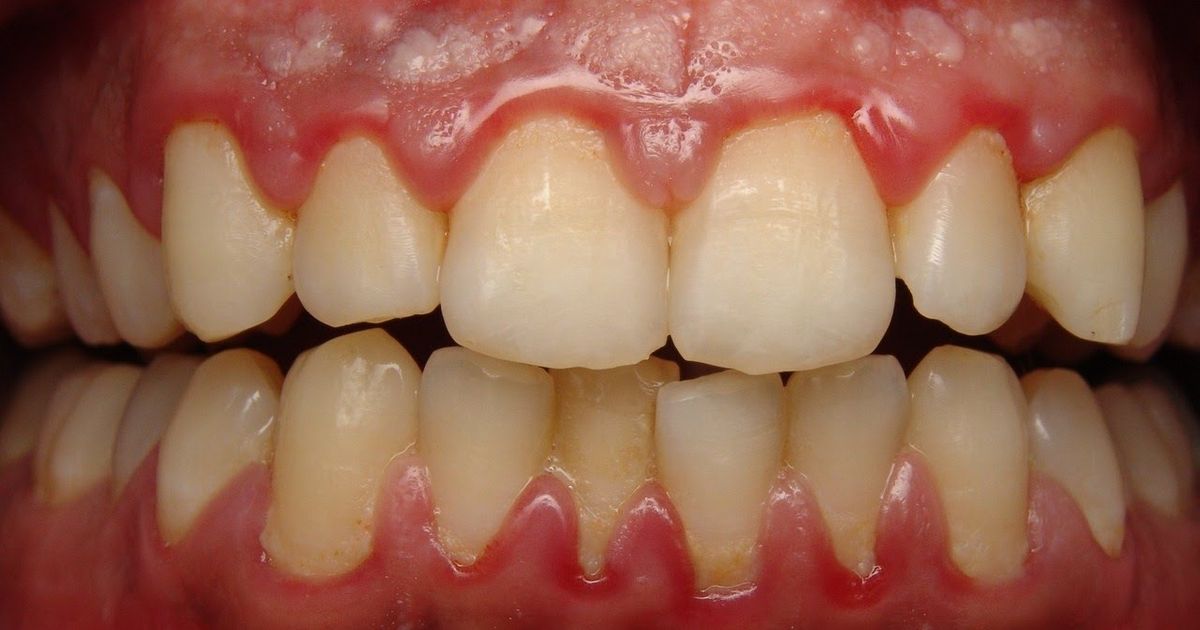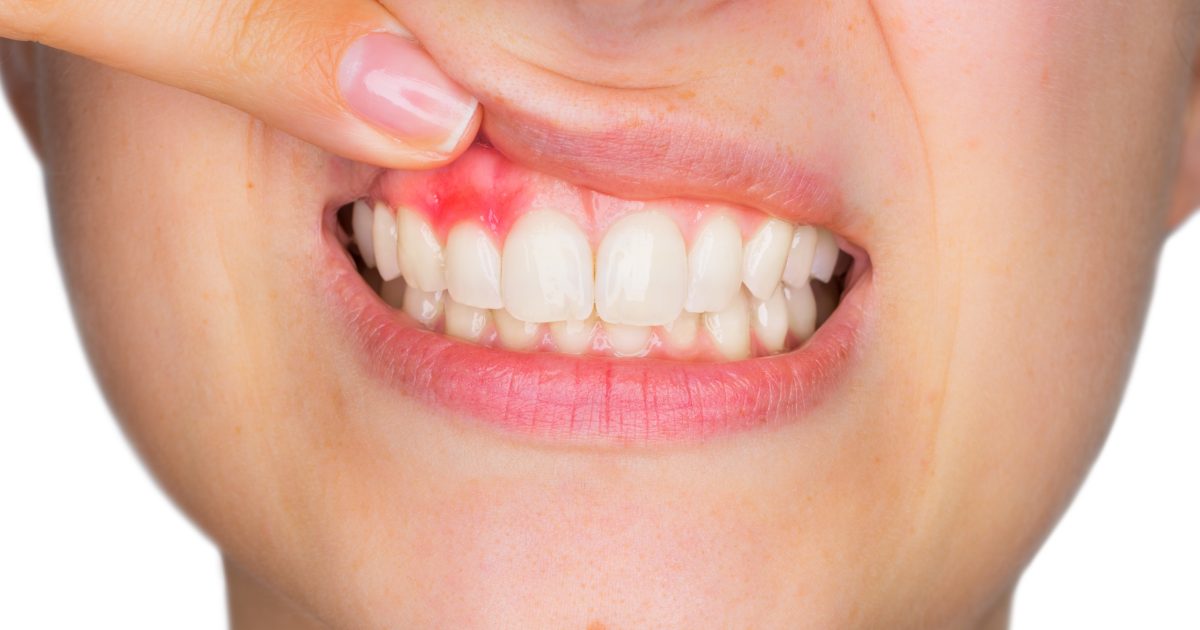Guide To The Symptoms Of Gingivitis
Gingivitis and gum disease are terms used to describe when an individual's gums experience inflammation. This inflammation is most often the result of the infection by bacteria penetrating the gums. This infection develops when plaque turns into tartar, and the tartar causes the gums to separate from the teeth. Individuals who use tobacco products, have diabetes, have crooked teeth, have broken fillings, are pregnant, have a genetic disposition to oral infections, have a compromised immune system, and who wear poorly fitting dental appliances are at an increased risk of developing gingivitis. Diagnosis of gingivitis is made with the use of an oral examination and mouth x-rays. Treatment of gingivitis includes scaling, root planing, laser treatment, antiseptic mouthwash, antibiotic microspheres, oral antibiotics, flap surgery, bone grafts, timed-release antiseptic chips, and tissue grafting.
There are several indicative symptoms of gingivitis. Learn about them now.
Swollen Gums

An individual who experiences swollen gums may be affected by gingivitis. Bacteria that adhere to an individual's teeth live and thrive in plaque, a naturally occurring substance. Plaque can accumulate at the base of the teeth where the gums begin, making it difficult to remove with daily brushing and flossing. The bacteria that live in the plaque on the base of the gums have their own processes to carry out facilitated by the sugars present in the food the individual consumes. Bacteria create waste products in the same way other types of cells do. The waste products produced by bacteria have toxic and corrosive effects on gums and tooth enamel. These toxic substances penetrate the gum tissues and cause them to incur damage. The immune system attempts to mediate this tissue damage in the gums, causing swelling, redness, and inflammation.
Continue reading to learn more about the symptoms of gingivitis now.
Gums That Bleed Easily

An individual who has gingivitis will most likely experience gums that bleed easily with minimal or no provocation. Gingivitis inflammation in the gums can cause small blood vessels that provide these tissues with blood to become damaged or burst much easier than they would otherwise. When the small blood vessels in the gums burst, the individual bleeds from their gums. Gingivitis patients report their gums bleed when brushing their teeth, when flossing, after using mouthwash, and when they eat certain types of food. Foods with a solid, hard consistency such as toasted bread, apples, peanuts, almonds, and many others are known to produce bleeding in the gums of an individual affected by gingivitis. Any minor trauma or minimal manipulation of the gums can cause them to bleed. An individual with gingivitis does not have to brush vigorously to experience gums that bleed easily because of the inflammation.
Discover additional warning signs of gingivitis now.
Bad Breath

An individual with gingivitis may experience bad breath. Gingivitis is one of the most common causes of foul-smelling breath in the general population. Gingivitis, as discussed, is characterized by gums that have become inflamed due to a buildup of plaque on the base of the teeth. Plaque can thrive in the mouth when it is not removed from the teeth properly. Bacteria are living microorganisms that carry out their own biologic processes to sustain life and perform their functions. Just like any living organism, bacteria need a source of food to live. This fact is what makes the mouth such a hospitable place for bacteria to live. Tiny pieces of food that remain in the individual's mouth after eating are consumed and used by the bacteria living in the plaque. The bacteria use these pieces of food to produce energy, reproduce, and carry out other functions. When the bacteria break down these pieces of food, they produce byproducts in the form of gases released in the mouth. These gases are foul-smelling and can cause bad breath.
Get more details on the symptoms of gingivitis now.
Receding Gums

An individual with receding gums may be affected by gingivitis. Receding gums is a term used to describe when an individual's gum tissue surrounding their teeth pulls back or wears away, exposing a larger area of the tooth or the root of the tooth. Receding gums is a symptom that develops slowly, and many individuals who have receding gums may not be aware of it because they experience no other symptoms. An individual who has receding gums may notice they have long teeth, exposed tooth roots, and loose teeth. The biggest cause of receding gums in the population is gingivitis and periodontal disease. The manifestation of receding gums due to gingivitis is not always accompanied by pain or discomfort in its early stages. Receding gums can indicate an individual is affected by gingivitis because it occurs after there has been a loss of gum tissues. The inflammation and infections caused by a buildup of plaque can damage the gums, causing some of the tissue to die off, wear down, and recede.
Read more about gingivitis symptoms now.
Red Or Purple Gums

An individual with gingivitis may experience red or purple gums. A healthy individual's gums tightly cover every one of their teeth up to the tooth's neck and are attached firmly to their underlying jawbone. Healthy, intact gum tissues protect and cover the roots of the teeth. The gum tissues in the mouth are tissues known to be dense. The gums contain a highly concentrated supply of blood vessels that sit just underneath the mucous membrane or moist gum surface. The gums are usually a deep pink color and connect to the rest of the mouth. When the bacteria in the plaque on the teeth that causes gingivitis release toxic byproducts, the gum tissue can become damaged and invoke a response by the individual's immune system. The immune system responds to this cellular damage and activates a cascade of mechanisms to help mediate and repair the tissue. One of the mechanisms implemented is the dilation of blood vessels in the affected area. When the high concentration of blood vessels in an individual's gums become dilated, the gums will become red, purple, swollen, and inflamed.